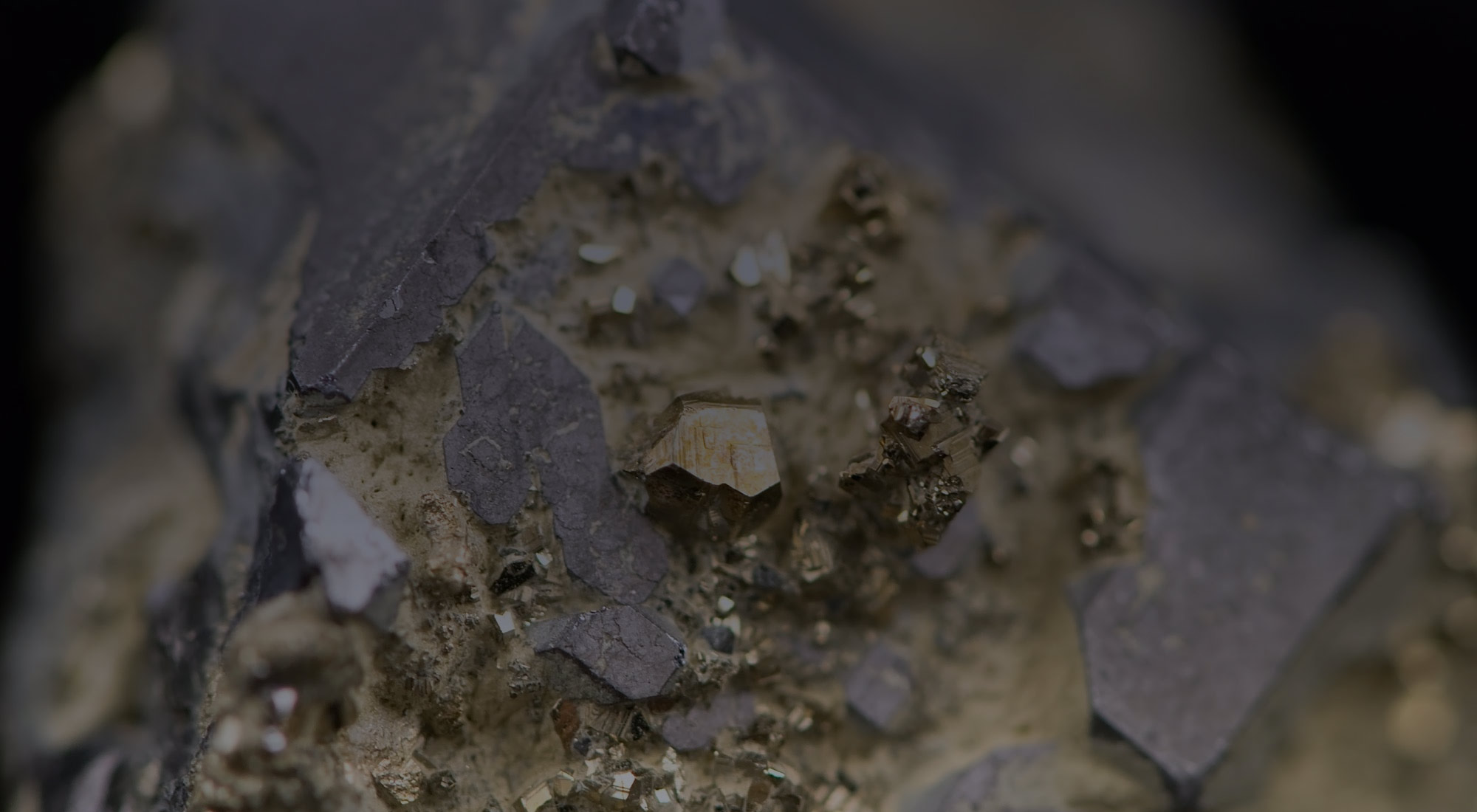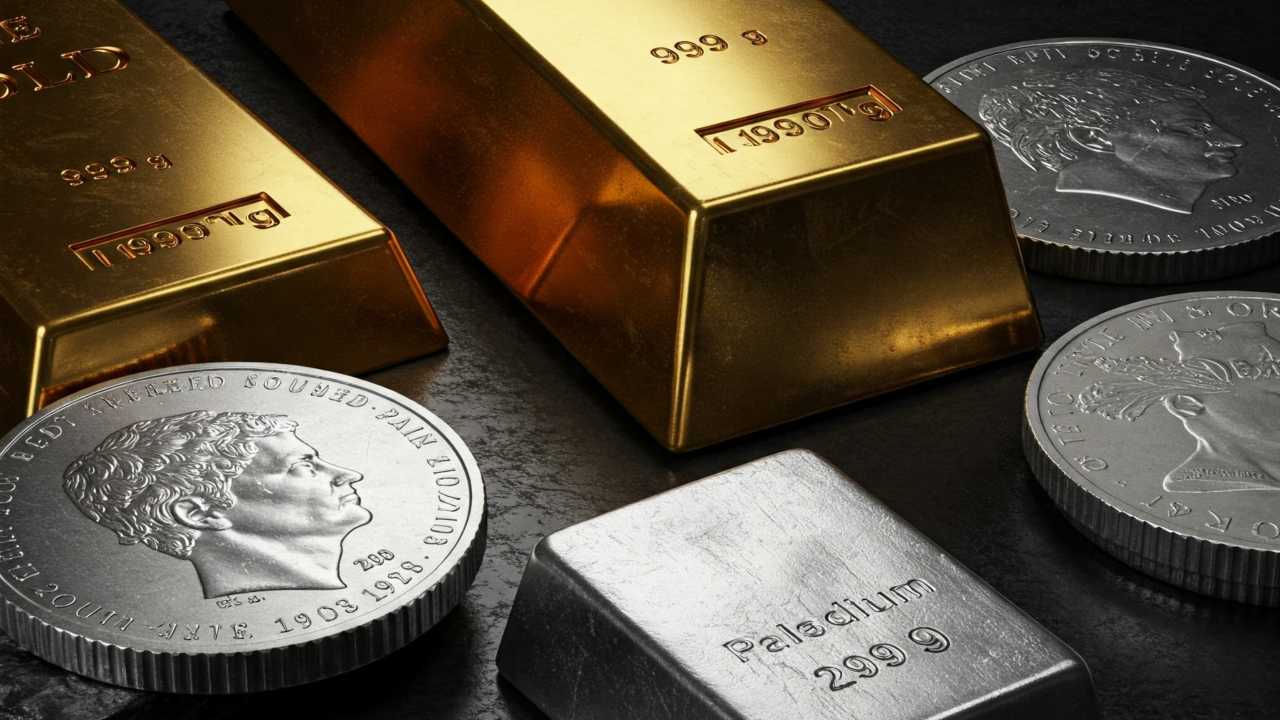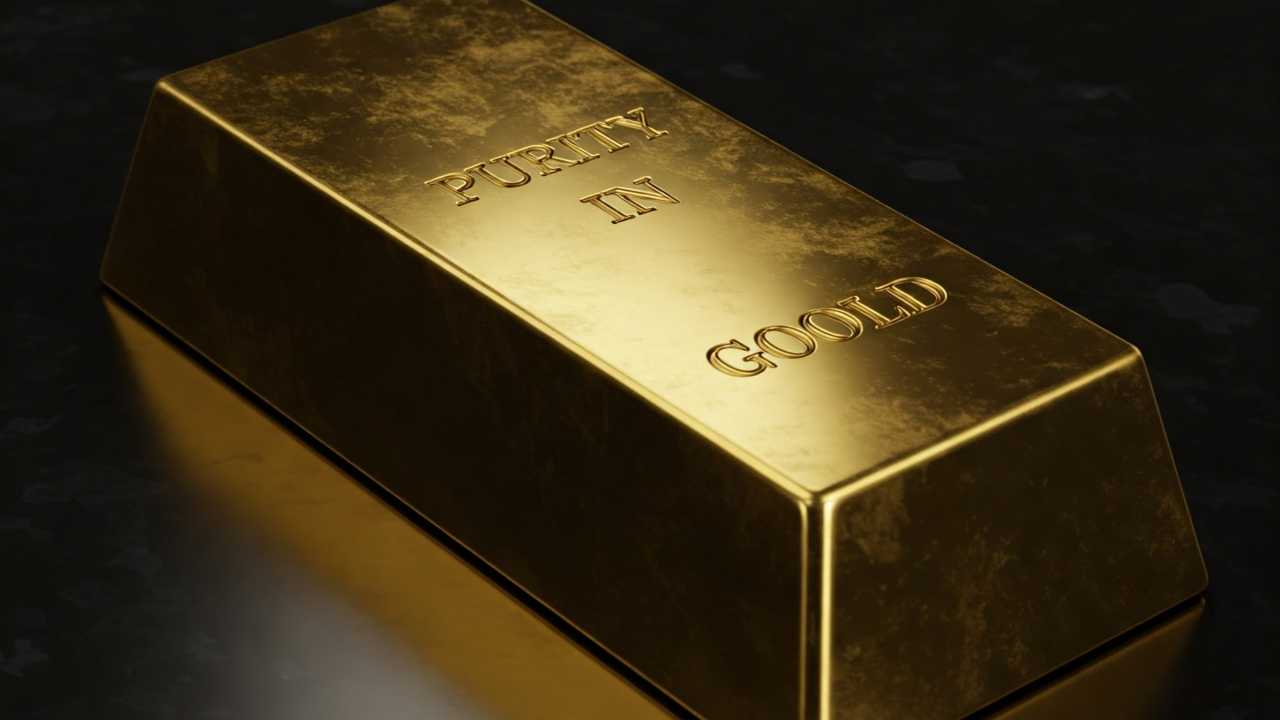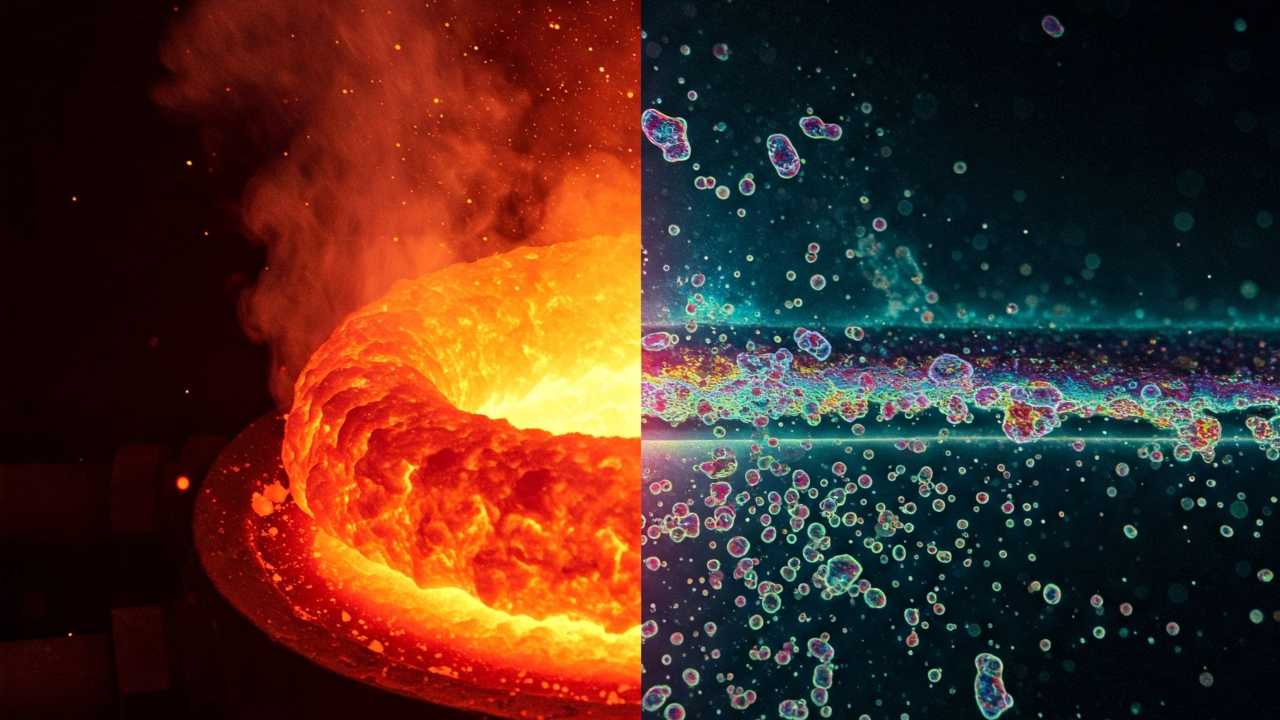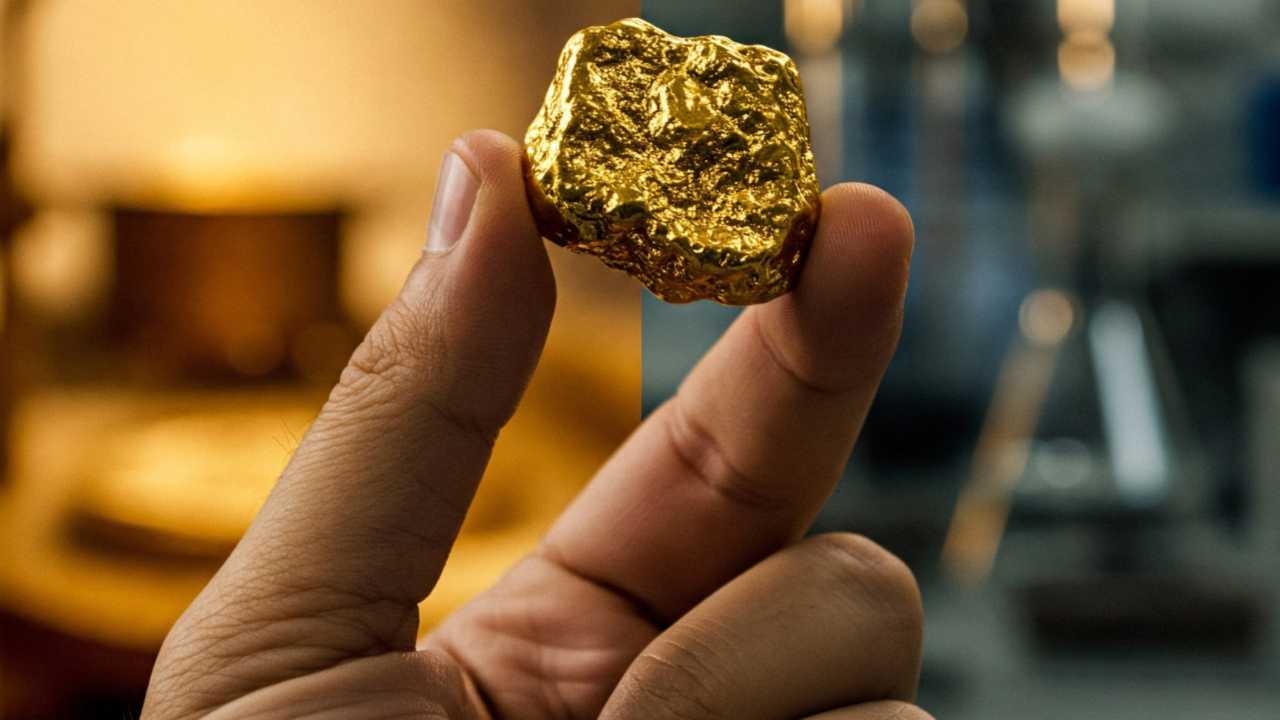A Beginner’s Guide to Precious Metal Refining Processes
Precious metals like gold, silver, platinum, and palladium have captivated humanity for millennia, prized for their beauty, rarity, and intrinsic value. However, these metals are rarely found in a pure state in nature.
They are typically mixed with other metals, minerals, and impurities, requiring sophisticated processes to extract and purify them to the high levels needed for various applications, from jewelry and investment to electronics and catalysis.
This is where precious metal refining comes in – a complex series of physical and chemical operations designed to unlock the true potential of these valuable elements.
For a beginner, the world of precious metal refining can seem daunting, filled with technical jargon and intricate procedures. This guide aims to demystify these processes, offering a clear and accessible overview of how raw precious metals are transformed into the gleaming, high-purity products we recognize.
We will explore the fundamental principles behind refining, the common methods employed for different metals, the essential initial steps, and the crucial considerations of safety and environmental responsibility that govern this vital industry.
The Essence of Refining: Separating the Precious from the Impure
At its heart, precious metal refining is about separation. It’s the art and science of selectively removing unwanted elements from a mixture to isolate the desired precious metal at a significantly higher concentration.
The raw materials for refining can vary widely, ranging from mined ores and concentrates to recycled materials like scrap jewelry and electronic waste. The nature and concentration of the precious metals, as well as the types of impurities present, dictate the specific refining pathway chosen.
Impurities commonly found alongside precious metals include base metals like copper, iron, zinc, and lead, as well as other valuable or less valuable elements depending on the source material.
These impurities can interfere with the desired properties of the precious metal, making their removal essential for achieving the required purity standards for different applications.
Two Pillars of Refining: Pyrometallurgy and Hydrometallurgy
Precious metal refining processes generally fall under two broad categories: pyrometallurgy and hydrometallurgy. Often, a combination of both approaches is used in a multi-step refining flowsheet to achieve the highest purity levels.
- Pyrometallurgy: This approach utilizes high temperatures and thermal reactions to separate precious metals from impurities. It often involves melting, smelting, and roasting processes. While historically significant and still used in initial stages, pyrometallurgical methods can be energy-intensive and may produce atmospheric emissions that require careful management.
- Hydrometallurgy: This approach relies on chemical reactions in aqueous solutions to selectively dissolve and separate precious metals. It involves techniques like leaching, solvent extraction, and chemical precipitation. Hydrometallurgical methods generally operate at lower temperatures and can offer greater selectivity in separating individual metals, often resulting in higher purity products and potentially lower environmental impact compared to purely pyrometallurgical routes, especially for final refining steps.
The Starting Point: Preparing the Raw Material
Before the actual refining processes can begin, the raw precious metal-bearing material typically undergoes a series of preparatory steps. These steps aim to concentrate the precious metals and make them more amenable to subsequent separation.
- Crushing and Grinding: If the raw material is in the form of ore, it is first subjected to crushing and grinding to reduce the particle size. This increases the surface area of the material, which is crucial for efficient chemical reactions in hydrometallurgical processes or for liberating precious metal particles for physical separation.
- Concentration: Following size reduction, concentration techniques are often employed to increase the proportion of precious metals in the material and discard a significant portion of the unwanted gangue (waste rock). Common concentration methods include gravity separation (which utilizes the density differences between precious metals and lighter minerals), flotation (where chemicals are used to make precious metal particles water-repellent so they can be collected in a froth), and magnetic separation (if magnetic impurities are present).
- Roasting or Smelting (Pyrometallurgical Preparation): In some cases, particularly with sulfide ores, roasting (heating in air) may be used to convert sulfides to oxides, making the precious metals more easily extractable. Smelting, a high-temperature melting process often involving fluxes to form a slag, can be used to collect precious metals into a metallic alloy (like doré metal, a gold-silver alloy) while separating them from rocky gangue and some impurities.
These initial steps are vital in upgrading the precious metal content, reducing the volume of material to be processed in the more expensive refining stages, and removing some of the gross impurities.
Refining Gold: Achieving Purity and Lustre
Gold, with its timeless appeal, has been refined for centuries, with methods evolving from ancient cupellation to sophisticated electrolytic processes. Today, several key techniques are used to purify gold to the high standards required for various applications.
- The Miller Process: This is a widely used pyrometallurgical method for refining gold to a purity of around 99.5%. It involves blowing chlorine gas through molten impure gold. Base metals and silver react with the chlorine to form molten chlorides, which are less dense than gold and float on the surface as a slag, which can be skimmed off. While relatively fast and efficient for removing base metal impurities, it is less effective at removing platinum group metals, which may also form chlorides.
- The Wohlwill Process: For the highest purity gold (up to 99.999%), the Wohlwill process, an electrolytic method, is typically employed. In an electrolytic cell, impure gold serves as the anode, and a thin sheet of pure gold or stainless steel acts as the cathode. The electrolyte is a solution of gold chloride in hydrochloric acid. When an electric current is passed through the solution, gold from the anode dissolves and is selectively deposited as high-purity gold at the cathode. Most impurities either dissolve in the electrolyte or fall to the bottom of the cell as an anodic slime, which can then be processed to recover other valuable metals like platinum and palladium. The Wohlwill process is slower and more expensive than the Miller process but yields gold of exceptional purity, essential for sensitive electronic applications and high-quality investment products.
- Aqua Regia Process: This hydrometallurgical method utilizes aqua regia, a fuming mixture of nitric acid and hydrochloric acid, which has the unique ability to dissolve gold. Impure gold is dissolved in aqua regia, forming gold chloride. Silver, if present, forms insoluble silver chloride, which precipitates out and can be filtered. Base metals also dissolve. Gold is then selectively precipitated from the solution by adding a reducing agent, leaving the base metals in solution. The precipitated gold is then washed, dried, and melted into bars. The aqua regia process is particularly useful for refining gold from scrap materials and is often used by smaller refineries and jewelers.
Refining Silver: From Ore to Investment
Silver, like gold, is refined using a combination of pyro- and hydrometallurgical techniques to achieve high purity. Electrolytic refining is a cornerstone of modern silver purification.
- Electrolytic Refining (Moebius and Balbach-Thum Processes): Similar to the Wohlwill process for gold, electrolytic refining is the primary method for producing high-purity silver. In a typical electrolytic cell (like the Moebius or Balbach-Thum cell), impure silver (anode) is placed in an electrolyte solution, usually silver nitrate. Pure silver is deposited at the cathode. Copper and other base metals dissolve in the electrolyte, while gold and platinum group metals, being less reactive, do not dissolve and accumulate as an anodic slime. The Moebius process uses vertical electrodes, while the Balbach-Thum process uses horizontal electrodes and is often preferred for handling larger quantities of silver and anodic slime. Electrolytic refining consistently produces silver with a purity exceeding 99.9%.
- Parting: Often, gold and silver are found together in doré metal. Parting is the process of separating gold from silver. This can be done chemically using nitric acid, which dissolves silver but not gold. Alternatively, electrolytic methods like those described above effectively separate gold (which ends up in the anodic slime) from the refined silver.
Refining Platinum Group Metals: A Complex Separation Challenge
The Platinum Group Metals (PGMs) – platinum, palladium, rhodium, ruthenium, iridium, and osmium – are a group of chemically similar and often occur together in nature.
Refining PGMs is particularly challenging due to their similar properties and the need to separate each individual metal to high purity. Hydrometallurgical techniques, particularly selective precipitation and solvent extraction, are key to this complex separation.
- Dissolution: The PGM-bearing material is typically dissolved in a suitable lixiviant. Aqua regia can dissolve platinum and palladium, but other PGMs may require different acidic mixtures or even fusion with chemicals followed by dissolution.
- Selective Precipitation: This involves adding specific chemical reagents to the solution that selectively react with one PGM, causing it to precipitate out as a solid while others remain in solution. By carefully controlling the pH, temperature, and reagent addition, individual PGMs can be precipitated sequentially.
- Solvent Extraction: This is a powerful technique for separating PGMs based on their differing affinities for certain organic solvents. The aqueous solution containing dissolved PGMs is mixed with an organic solvent containing an extractant. Each PGM can be selectively transferred between the aqueous and organic phases by adjusting the composition of both phases. This allows for the efficient separation of individual PGMs in a multi-stage process.
- Reduction to Metal: Once separated, the purified PGM compounds are typically converted back to their metallic form, often by chemical reduction or calcination (heating to decompose the compound). The resulting metal powder can then be melted and cast into ingots or used in powder form for specific applications.
Refining PGMs is a highly intricate and specialized process, often involving numerous steps and careful control to achieve the desired purity for each individual metal.
Beyond the Process: Environmental and Safety Considerations
Precious metal refining, while essential, involves the use of chemicals and high temperatures, which necessitate stringent safety protocols and environmental responsibility.
- Safety: Refineries employ rigorous safety measures to protect workers from potential hazards. This includes the use of personal protective equipment (PPE), ventilation systems to control fumes, emergency response plans, and strict handling procedures for chemicals and molten metals. Regular training and adherence to safety regulations are paramount.
- Environment: Modern precious metal refineries are increasingly focused on minimizing their environmental footprint. This involves implementing technologies to capture and treat airborne emissions, managing and treating wastewater to remove harmful substances before discharge, and responsibly handling and disposing of solid waste. Recycling plays a significant role in reducing the environmental impact by processing existing materials rather than relying solely on newly mined resources. Efforts are also made to recover and recycle the chemicals used in the refining processes.
The End Product: High-Purity Precious Metals
The ultimate goal of precious metal refining is to produce metals of exceptional purity, meeting the stringent requirements of various industries.
The refined metals are typically cast into ingots, bars, or other forms, ready for sale and use. The purity of the final product is verified through rigorous analytical techniques, ensuring that it meets the specified standards.
Final Thoughts
Precious metal refining is a fascinating blend of traditional techniques and cutting-edge technology. From the initial preparation of raw materials to the complex separation processes for individual metals, each step is crucial in transforming impure sources into the high-purity gold, silver, and platinum group metals that are vital to our modern world.
While the processes can be intricate, understanding the basic principles of pyrometallurgy and hydrometallurgy, along with the specific methods used for different metals, provides a valuable insight into this essential industry.
Moreover, recognizing the importance of safety and environmental responsibility highlights the ongoing commitment to sustainable practices in the pursuit of these precious elements.
For anyone interested in the journey of precious metals from the earth (or recycling bin) to their final form, a grasp of these refining processes is a truly golden start.



